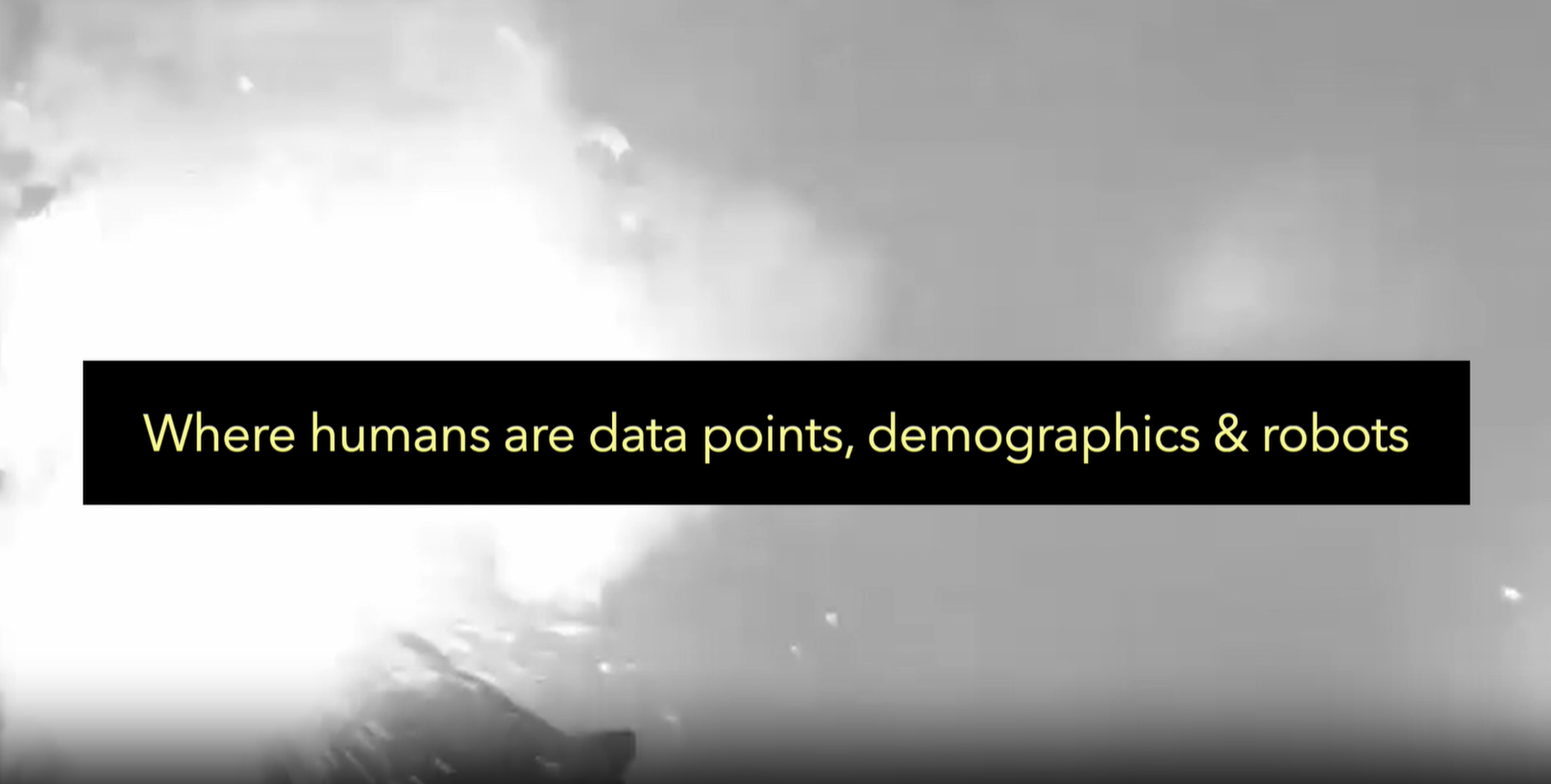How to Save Trackers from the Abyss
Having spent the bulk of my career in the Market Research discipline on both client and supplier sides, I have been around all aspects of tracking programs ranging from brand to ad to customer experience and even new offer and product development. I have commissioned, designed, sold, executed, and analyzed new programs and older ones. And I’ve come to learn that while nothing can compare to the euphoria and excitement of redesigning an old stale program with a new fresh and innovative design, ultimately they are fated to end up old and stale, no matter the promise.
The reason for this is not poor research design or execution or analysis, the problem is most often baked into the initial ask and reason for the tracker; a disconnect between the research and the true needs of the business.
In order for a business to grow and succeed it must consistently be ingesting the ‘What’s happening’, the ‘Why is it happening?’, to generate the ‘What should happen next.’
Quantitative trackers are most often designed to deliver the ‘WHAT’S’ of the business. While important and needed information to the business, and often important for determining annual bonuses, it is only one part of what is really needed to run the business.
At almost every tracker readout I have ever been in, the question quickly transforms from the ‘what’s of where we are’ to the ‘why we are there.’ This is then followed by a game of conference room roulette, in which various team members offer their speculation as to why they believe so, while the bosses in the room play whac-a-mole and whack down those they don’t like and pull up those they agree with. They then transition to what they should do about the speculative cause, which is most often what the loudest/most important voice came into the meeting thinking anyway. This leads to a course of action based on unfounded speculation. Everyone then holds their breath until the next readout and the game starts again.
Inevitably, in trying to answer the whys, additional closed-ended questions are tacked on to what is already a long survey. Perhaps an open-end question is added or maybe additional attributes are tossed into the grid that already spans 8 mobile screens.
By the next readout, not only has the increased demand on the respondent degraded the overall quality of all the information, including the initial whats but the business questions and whys have changed. On-going KPIs have suffered and answers to current business questions are based on speculation. This cycle is repeated with new speculative business actions until…wait for it… this business action: “This program is not delivering what the business needs. What we need is a new tracker!”
I always wondered what would happen if tracker could deliver not only the whats but the whys and the what's next.
That is, until recently, when I joined Sympler, whose conversational technology goes deeper, revealing the inner layers of the whole human so our partners can understand their consumers' core motivations.



